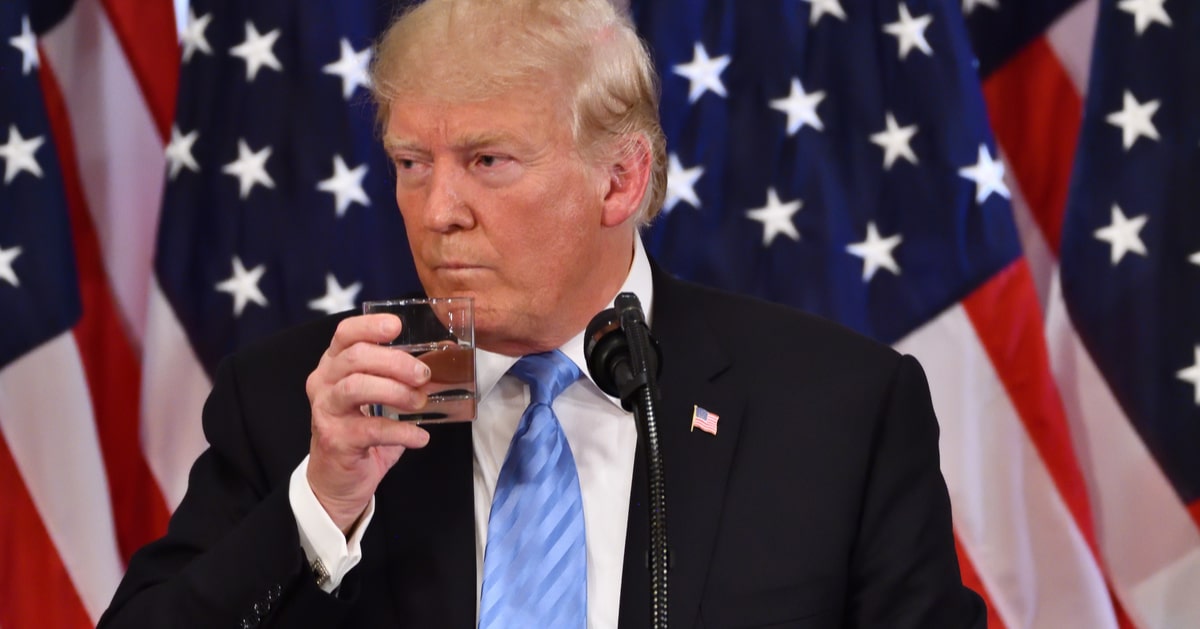





A controversial billboard promoting Ohio's gubernatorial candidate, Vivek Ramaswamy, recently shocked onlookers in Times Square, displaying an unexpected invitation directed at New Yorkers, the New York Post reported.
An anti-Zohran Mamdani advertisement in Times Square has sparked widespread disdain and confusion among New Yorkers and tourists alike.
The billboard featured New York political figure Zohran Mamdani, described as a "radical socialist," and juxtaposed him with Vivek Ramaswamy, the Republican gubernatorial hopeful from Ohio, urging New Yorkers to consider moving to Ohio if they were disillusioned with Mamdani's politics.
Many people who saw the billboard expressed their bafflement and disapproval. Not immediately evident due to its initial placement that wrapped around a corner of a building, the connection between the two halves of the billboard was missed by many passersby, adding to their confusion.
Leroy Lewis, a local construction worker, candidly shared his thoughts, questioning, "Why would we move to Ohio? We live in New York.” This sentiment captured the general perplexity among many who saw the advertisement.
Following these reactions, the arrangement of the billboard was altered to better align the images of Mamdani and Ramaswamy side by side, making the intended message clearer to the public.
Despite adjustments to its format, the initial negative impression lingered. Ricardo H., a professional in finance, remarked critically on the billboard's presentation and underlying message: "No, absolutely not, it looks like a smear campaign.”
Others, misunderstanding the campaign's intent, voiced more visceral reactions. An unnamed passerby bluntly stated: “What the actual f—k?” highlighting the aggressive tone some perceived in the billboard's design.
Meanwhile, visitors from other states also weighed in. Mary Kennedy, visiting from Houston, echoed the local sentiment by asking rhetorically, "What’s in Ohio? Why would you even go there?", indicating that the appeal of the message was lost not only on New Yorkers but on other visitors as well.
Not everyone saw the billboard in a negative light. Sammy Anderson, originally from Dayton, Ohio, and present in Times Square at the time, offered a different view. He described Ohio as a “close-knit, rural area offering a different way of life," which he believed could appeal to those seeking a change from New York's bustling environment.
Anderson further commented on his own experience in New York City, saying, “I’m so overstimulated.” His perspective highlighted the contrasting lifestyles between New York and Ohio, potentially validating the campaign's message for some.
Despite positive feedback from individuals like Anderson, the billboard largely failed to resonate with its target audience in Times Square, with many criticizing its approach and questioning its effectiveness in a city known for its diverse and vocal populace.
The controversial billboard in one of the busiest intersections of the world raises important questions about the strategies used in political campaigns and their reception by different demographics. As candidates navigate these complex dynamics, the reactions from New Yorkers may serve as a crucial lesson in understanding and respecting the diverse political and cultural fabric of potential voter bases.
Ultimately, the backlash underscores a broader dialogue about political advertising, prompting both campaign teams and media strategists to reevaluate how and where they choose to communicate their messages.
This event in Times Square may well be remembered as a significant moment in the ongoing discourse about political reach and resonance, revealing the unpredictable ways in which voters perceive and react to campaign messaging in varying contexts.



